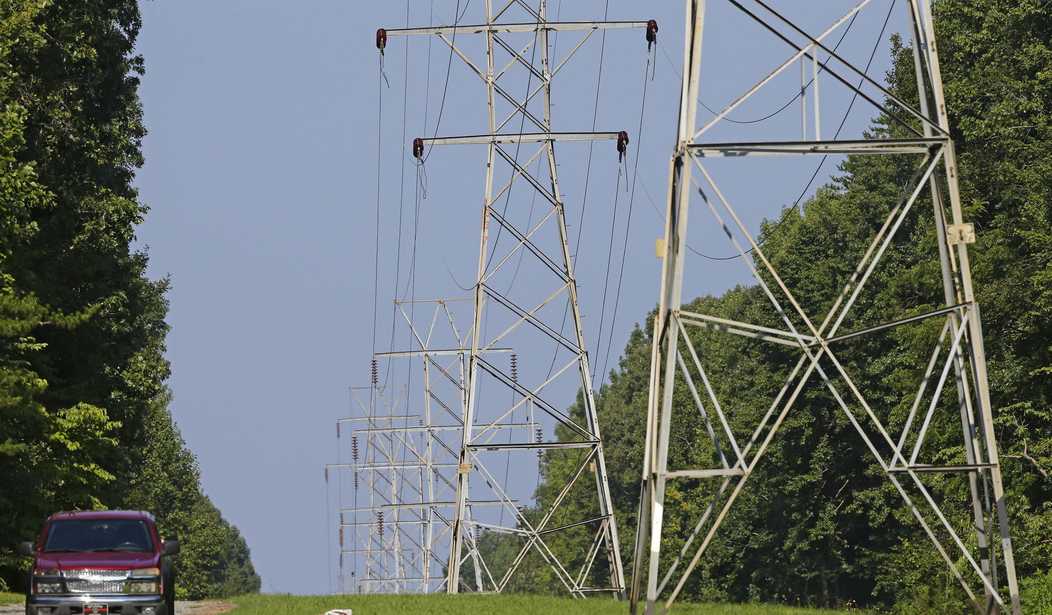Without bogging us down in too many technical details, suffice it to say that this is a big deal. Or at least it might be at some point. Scientists and engineers have been working on a way to build a workable fusion reactor for decades. A fusion reactor is quite different than the fission nuclear reactors you see around the world today. But there are enormous challenges involved in taking the fusion process from the hypothetical realm and creating a functional reactor capable of producing electricity for our energy grid. One problem is the fact that early experimental models required more energy to operate than they would be capable of producing. The other great challenge involved getting the tritium that fuels the fusion reaction to initially ignite and create a sustainable reaction. (Tritium or hydrogen-3 is a rare and radioactive isotope of hydrogen.) That latter hurdle has now officially been achieved. It actually happened a little more than a year ago, but it’s now been confirmed. The Lawrence Livermore National Laboratory National Ignition Facility in California successfully ignited the hydrogen fusion reaction last August. (Newsweek)
A major breakthrough in nuclear fusion has been confirmed a year after it was achieved at a laboratory in California.
Researchers at Lawrence Livermore National Laboratory’s (LLNL’s) National Ignition Facility (NIF) recorded the first case of ignition on August 8, 2021, the results of which have now been published in three peer-reviewed papers.
Nuclear fusion is the process that powers the Sun and other stars: heavy hydrogen atoms collide with enough force that they fuse together to form a helium atom, releasing large amounts of energy as a by-product. Once the hydrogen plasma “ignites”, the fusion reaction becomes self-sustaining, with the fusions themselves producing enough power to maintain the temperature without external heating.
If we can get this technology working on a large scale, most of the current debates over energy policy will go out the window in a generation. Traditional nuclear reactors operate by causing radioactive fuel like plutonium atoms to split rapidly, creating plenty of heat to turn water into steam to drive turbines and generate electricity. Unfortunately, it’s a literally radioactive process and produces toxic waste in the form of spent fuel rods. (Modern reactors produce far less waste, but it’s still an issue to be dealt with.) Fusion reactors compress heavy hydrogen atoms into a miniature sun, producing vast amounts of heat but only creating helium as a byproduct. (They can sell the helium afterward also.)
The reason this wasn’t announced until now is that their results had to pass through a lengthy peer review process before they could be published. That process is all wrapped up now. Of course, there are still other challenges to overcome before we can just start building fusion reactors all over the country. Containing the reaction in a controlled environment so the heat can be put to use has always been a major obstacle. The fusion reaction is as hot as the sun and no material container can hold it without melting. So the core has to be contained in a magnetic field.
And then there’s the problem of the fuel. While hydrogen is the most abundant element in the universe, tritium is very rare. It’s found in the upper atmosphere where the sun’s energy creates it from other elements. There’s also a lot of it on the moon, but that doesn’t do us a lot of good at the moment. Some scientists fear that the development of fusion reactor technology will run out of fuel before it’s ready to go into production.
The whole thing sounds like science fiction, but we’re getting close to being able to do this. Current estimates hold that fusion could be ready for prime-time in fifty years if the fuel situation can be worked out. Fusion reactors could be built just about anywhere and the public wouldn’t need to worry about them. Even if such a reactor experienced a catastrophic physical failure, it wouldn’t go into “China Syndrome” mode. There is no radioactivity to leak out and if the fusion containment fails, it defaults to simply shutting down.
The unfortunate reality, however, is that we can’t just coast for another fifty years while we wait for fusion reactors to become a reality. The energy grid is collapsing about us already. We’re going to need fossil fuels to get us to that point, but many governments (including America’s) are doing their level best to shut down those energy supplies. We have to return to an “all of the above” energy strategy quickly and stick with it until the fusion revolution arrives.









Join the conversation as a VIP Member